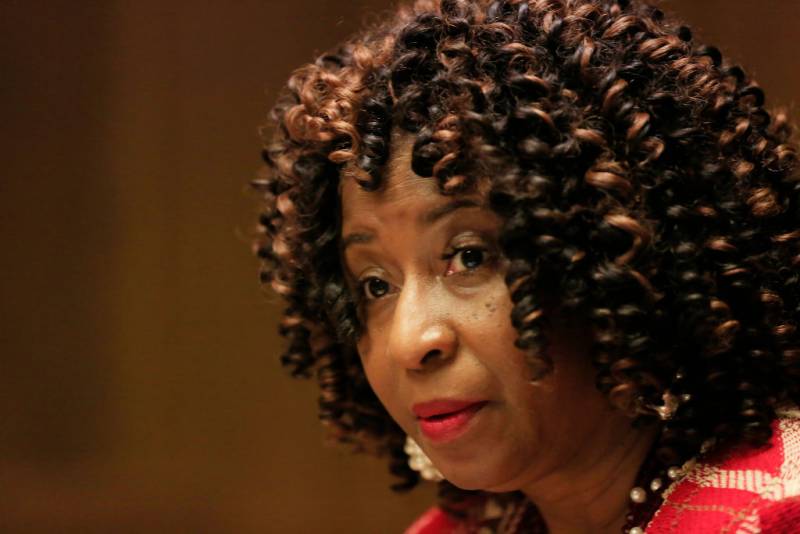The recall campaign against Alameda County District Attorney Pamela Price submitted enough valid signatures to qualify for an election, the Alameda County Registrar of Voters announced Monday. The Alameda County Board of Supervisors will decide when to hold a recall election.
Save Alameda for Everyone, or SAFE, submitted 123,374 signatures supporting the recall to the registrar’s office on March 4. SAFE began organizing its campaign less than six months after Price took office and claims the progressive reforms Price is carrying out are decreasing public safety. Price supporters say the reforms are essential to creating a more fair justice system and argue increases in crime are more directly linked to underlying social conditions, like poverty and mental health.
The registrar found that 74,757 of the signatures met the validation requirements, surpassing the county’s 73,195 threshold. Almost 49,000 signatures were invalidated. The registrar will present the results to the supervisors on April 30.
The results come after the registrar decided in March to complete a manual review of the signatures after a sample review did not conclusively find that the collected signatures met the required amount to qualify.
The Board of Supervisors is required by state law to decide an election date within 14 days of the registrar completing their count. If the supervisors fail to select a date, county election officials will have five days to choose.
